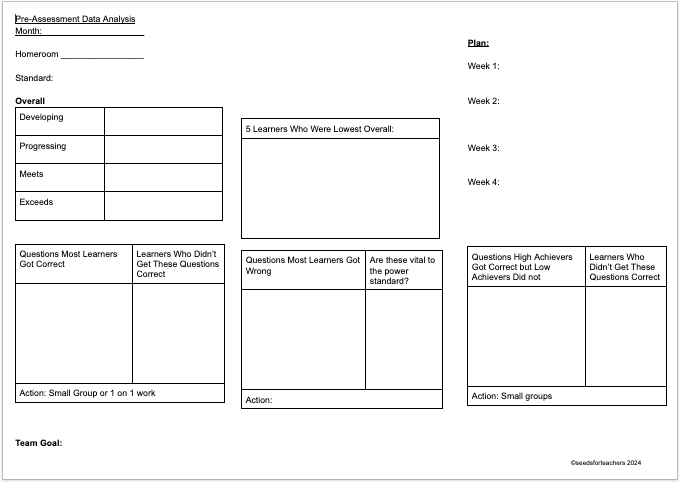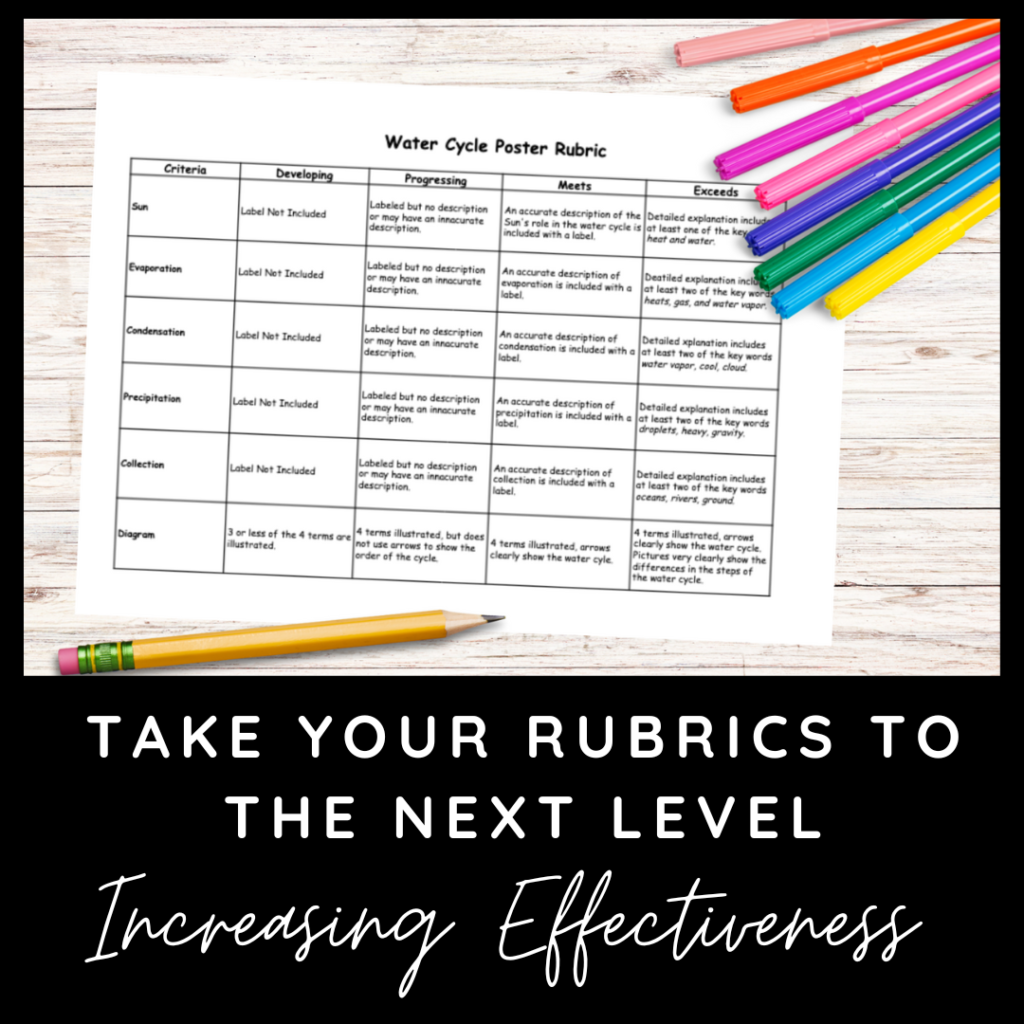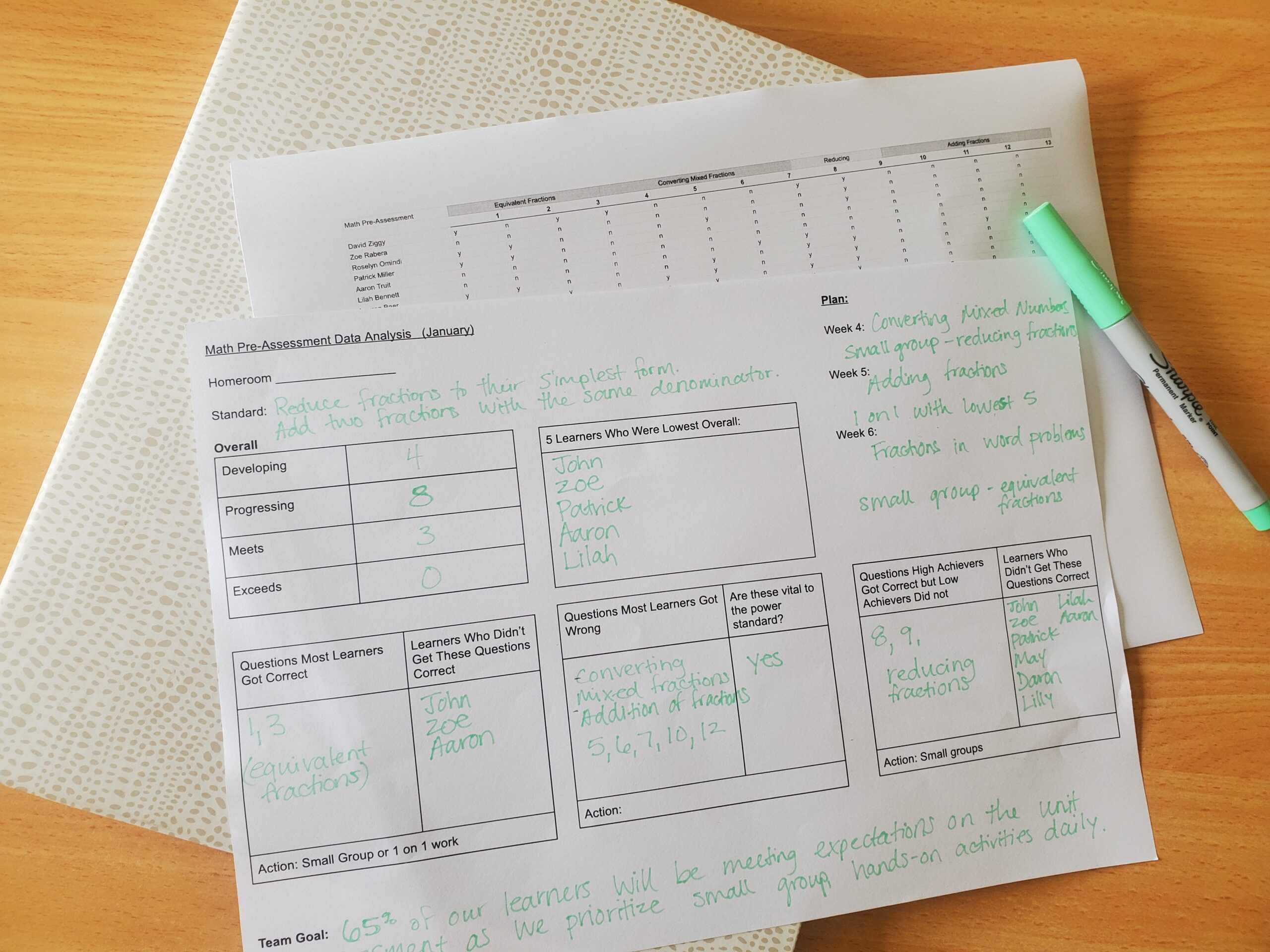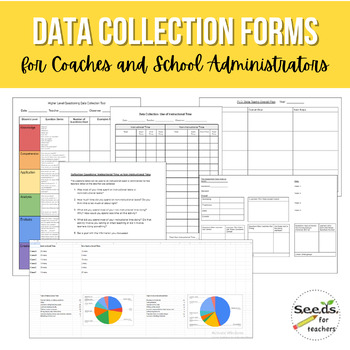Pres-assessing students is important in a variety of ways. First it helps teachers understand what students already know about a topic. This allows them to tailor instruction to meet the needs of individual students or the class as a whole.
With knowledge of students’ prior understanding, teachers can plan their lessons more effectively. They can identify areas where students may need more support and plan to spend more time on. They can also identify where they are already proficient so they don’t need to waste valuable time teaching that again.
Pre-assessments provide a baseline from which to set learning goals. By knowing where students currently stand, educators can set realistic and achievable objectives for student growth and development.
Here’s a form I use when analyzing pre-assessment results. You can use the form individually with your class or with grade level teams.

Start by determining which questions most students in the class got correct. Write down the number or subtopic for those questions. If there are a few students in the class who didn’t get those questions correct, write their names down. Since most students in the class proved they understand these questions or topics, you don’t need to spend much time teaching whole class lessons on the topic. Instead, plan to work in a small group or 1-on-1 with only the students who missed those questions.
Next, determine which questions most students got wrong. Then ask yourself if those questions are directly related to the standard you’re teaching and the end of unit assessment. You may realize that it is a little out of the scope of your unit anyways and you can discard it rather than spending a lot of time helping students understand it. If you determine that those questions are directly related to the standard, you know those questions should form the basis of much of your whole class lessons.
Finally, determine those questions which the top scoring students got correct but the bottom scoring students did not. These are dividing questions and those topics can help you determine small group topics and areas where you need to differentiate. The students who got those topics correct will need some extra challenge while your teaching that to the other students.
You can get this pre-assessment form as well as other helpful data tools in my TPT store. Click on the image below.
Other posts you might like:




